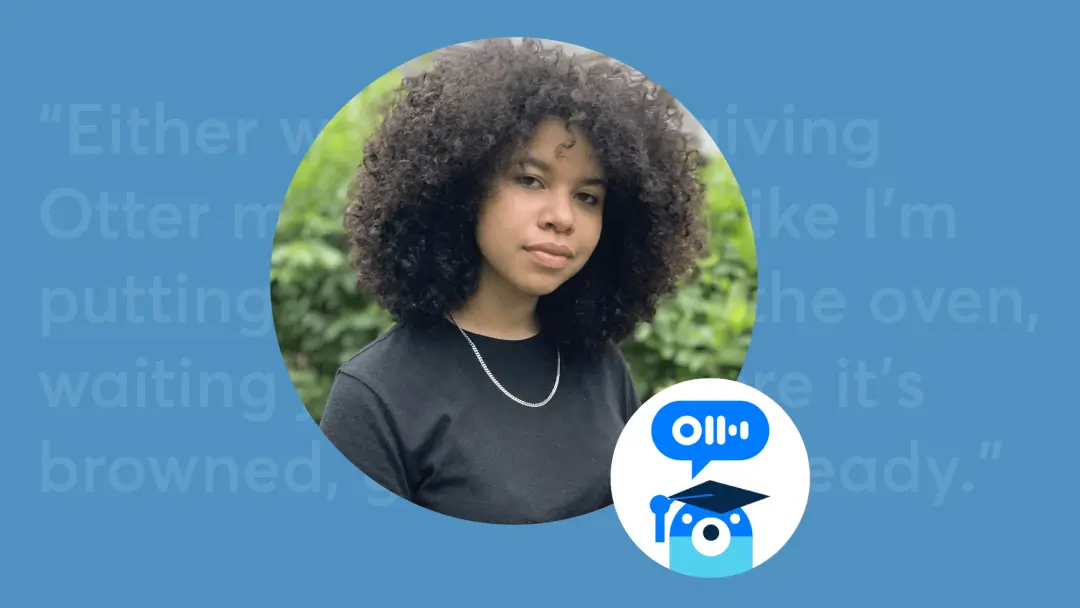5 Tips to Overcoming Objections in Meetings

You're sitting around a table with a group of your colleagues. You have a well-planned outline of what to talk about. You believe you’ll be able to provide the needed information, answer some questions, and move on. Yet, objections happen. People don’t agree with what you’re saying.
In those situations, a true leader doesn’t take offense. Nor does he or she create a confrontation. Instead, leaders use a few key tactics to help ensure that everyone gets the right information, with clear communication remaining the focus. Even if those objections cannot change decisions, it’s essential to listen to them.
#1: Understand What the Other Person Is Saying
When a person objects to what you’re saying, repeat back to them what they've told you is the problem. Your goal here is to assure the other party that you understand what their concern is. You can then go on to provide more information that backs up or clarifies the information you’ve provided. In this way, you recognize the other party’s views.
#2: Ask Members to Share Their Thoughts with You Later
Many times, objections in meetings can derail the entire group and conversation. When someone offers an idea or disagrees and it's not something that can be easily cleared up immediately, ask them to speak to you about it after the meeting. Say something like, “That’s an interesting view. Can you talk to me about it as soon as we're done?” This helps you to stick to your agenda.

#3: Take a Break
In some meetings, objections develop into conflicts. People form sides and argue a topic back and forth. This does nothing for your leadership, and it can put you at risk of losing control. When this happens, ask everyone to stop for a moment for a short break. Encourage people to step away from each other and to come back with level heads to discuss the matter further – calmly.
#4: Focus on the Solution
When objections occur, try to direct the focus towards solutions. “I understand what you're saying. I’m trying to create a specific outcome. Give me a chance to explain where I’m going.” In short, instead of arguing about the details of a problem or what caused it, turn things around. Focus instead on the solutions to the problem.
#5: Keep Communication Open
Objections will happen, but if you can keep people thinking, long after the meeting is over, you may develop new ideas and solutions that work even better. Don’t alienate people during a meeting; instead, view their objections as new directions.
Capturing conversations throughout meetings allows you to go back and learn more. Consider Otter.ai, an easy-to-use transcription tool that can help you address any post-meeting concerns.





















